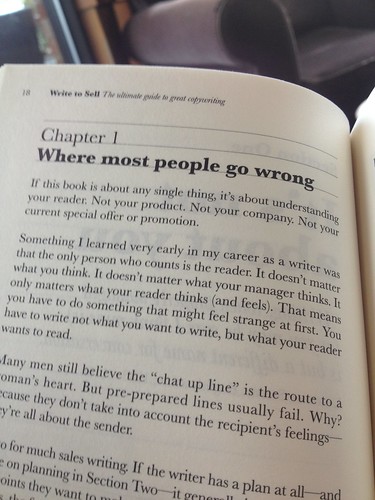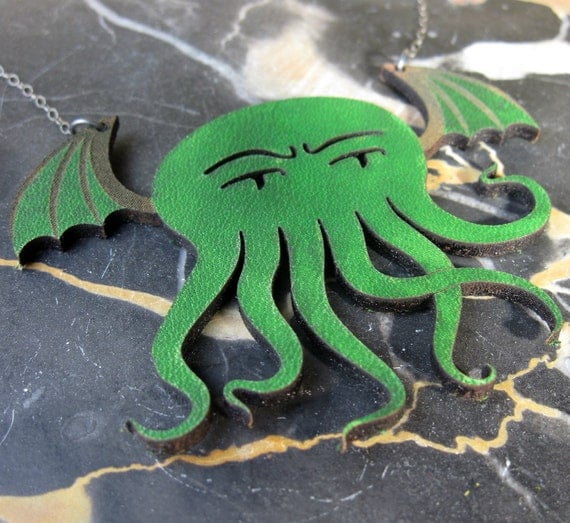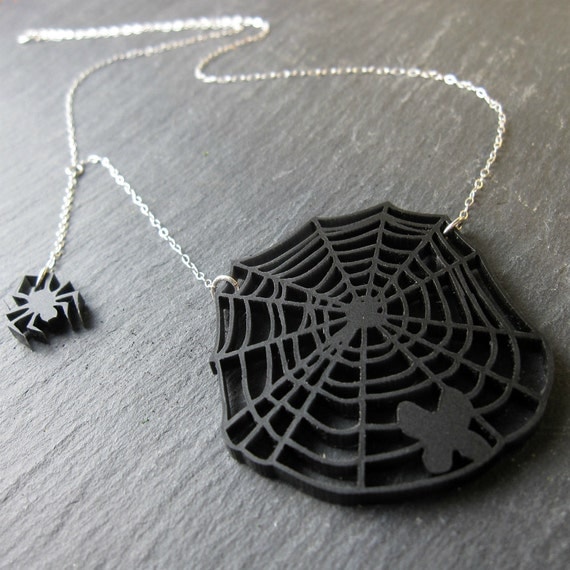My book, Market Yourself, is now available for pre-order and I'm celebrating by inviting you over for brunch*!
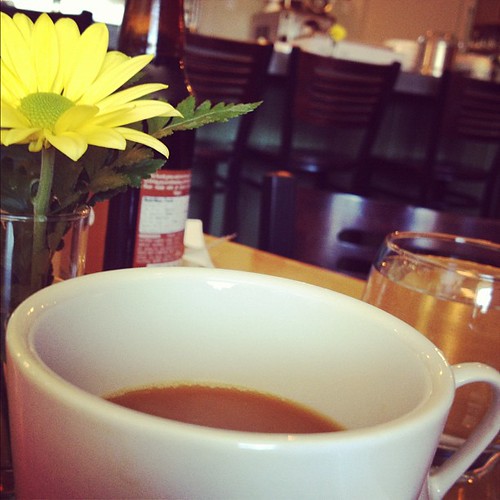
If I could, I'd take you out to Plant, order up my favorite pancakes and chat with you about your life, your business and your marketing. We'd sip soy lattes and giggle over the huge cinnamon rolls.
But we deserve it! Because sharing your thing, putting it out into the world, is hard.
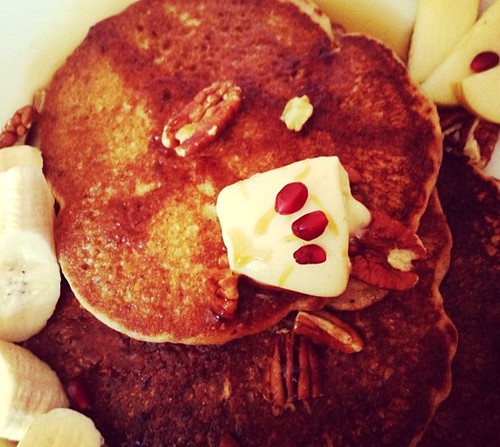
Since you can't come over for brunch**, we'll have to settle for this – an online celebration of both my book and your business.
Because I was thinking of you as I wrote this book. I thought about the process you go through as you learn to think about your product, and as you learn to think like your people. I arranged and rearranged the book to make it a system that will walk you through every aspect of getting comfortable with your marketing, and growing into bigger and bigger things.
For example, I know it can be tricky to get that craft show patter just right (I've been in a LOT of awkward craft show booths!), so the Offline Marketing chapter starts with just chatting with your friends about your project. Then you branch out into your community. Finally, you're talking to total strangers about it – but instead of being scary, it's easy because you already know what to say, how to say it, and what the soon-to-be-fans might ask.
If you've got a creative business, go here to grab the book while it's still in pre-orders and you'll get a plate of Pre-order Specialness:
- Everyone who buys the book before May 9th will get an invitation to a live, on-the-phone Q+A session with the me!
You’ll have a chance to send in your questions before the call, listen in as I answer your questions, AND receive a recording (mp3) after the call. Invitations will be sent out the week of May 14th. - 1/2 off a Right Person Exploration. Your discount will be sent the week of May 14th.
- You’ll be entered to win a FREE, 30 minute, one-on-one session with me. On May 10th, we’ll choose 2 winners. Each winner will get an email with a probing questionnaire (so I know all about you before the session), and when you return it, you’ll schedule a time that works for you. The session will be held over a text chat and you’ll get a transcript when it’s all over.
This brunch is for everyone!
- Mindy let me share my tips for staying inspired during a big project (like the book!)
- I'm brunching with Jamie, and chatting about how dreams really DO come true right here.
- During brunch with Jessika, I'm sharing the super-simple marketing equation.
- And tomorrow, we're chatting live, during the #omhg twitter chat, at 1pm EST.
For more brunching goodness, sign up here to find out where I'll be having real, in-person brunches, workshops and conversations around the country!
Thanks for joining me for this brunch!
*Why Brunch? Read this story of brunching vs. launching
**If you are close by, let me know and I really will take you out to brunch!


